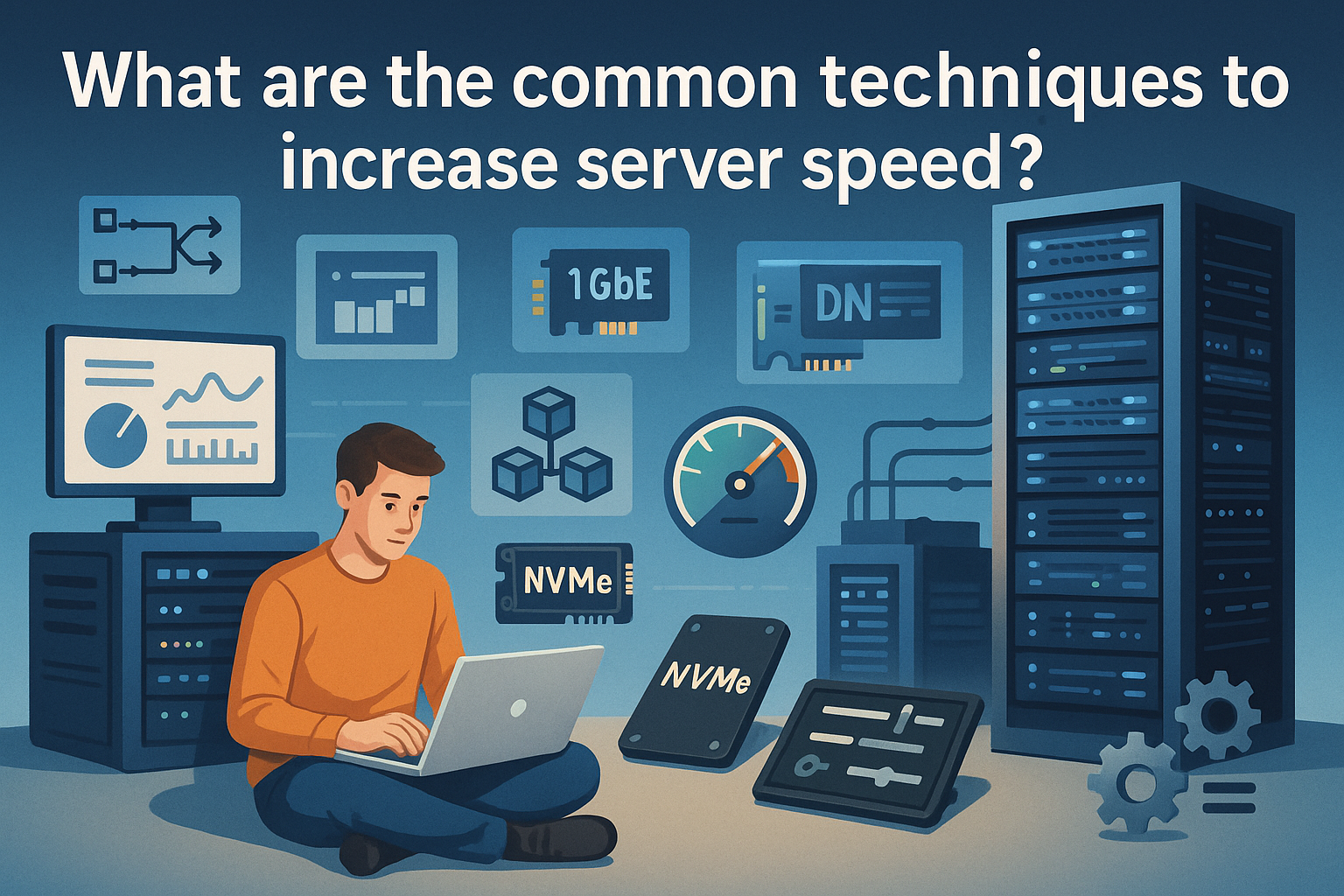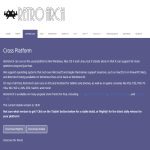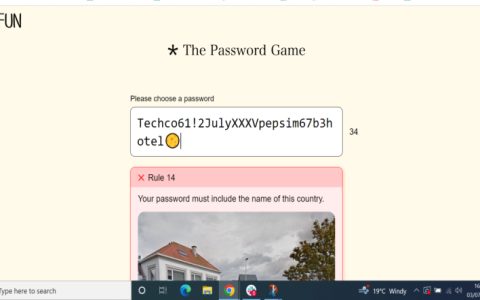Optimize Network Configuration
Xfire's peer-to-peer rendering relies heavily on network stability and efficiency.
- Prioritize LAN traffic: Configure Quality of Service (QoS) rules on your router to prioritize Xfire protocol traffic over non-essential internet usage.
- Minimize network hops: Ensure rendering nodes connect via wired Gigabit Ethernet whenever possible. Avoid Wi-Fi where latency is critical.
- Verify firewall settings: Allow necessary inbound/outbound traffic for Xfire executables and disable unnecessary firewall logging to reduce overhead.
Allocate System Resources Strategically
Prevent resource contention to ensure Xfire processes run smoothly.
- Set process affinity: Explicitly assign CPU cores to Xfire processes using Task Manager or OS-specific tools to minimize context switching.
- Disable non-essential services: Deactivate background applications (e.g., cloud sync, unused drivers) via System Configuration to free RAM and CPU cycles.
- Upgrade memory: Ensure sufficient RAM for large scenes; if maxed out, enable automatic page file cleansing routines.
Enhance Thermal Management
Sustained rendering performance requires effective heat dissipation.

- Monitor core temperatures: Use HWMonitor or similar to track CPU/GPU thermals under load, targeting sub-80°C during sustained rendering.
- Optimize airflow: Remove dust from heatsinks annually and reapply high-performance thermal paste like Arctic MX-6 for critical nodes.
- Regulate fan curves: Use BIOS/UEFI or dedicated utilities to maintain higher fan speeds at lower temperature thresholds.
Implement Render Scene Best Practices
Optimize assets and settings within Xfire itself.
- Simplify geometry: Use LODs and instance complex meshes wherever feasible to reduce mesh processing overhead.
- Batch shadow calculations: Configure shadow map reuse across frames and limit real-time ray tracing to foreground objects only.
- Compress textures: Employ GPU-friendly formats like BC7 across all non-procedural assets to minimize VRAM bandwidth consumption.












